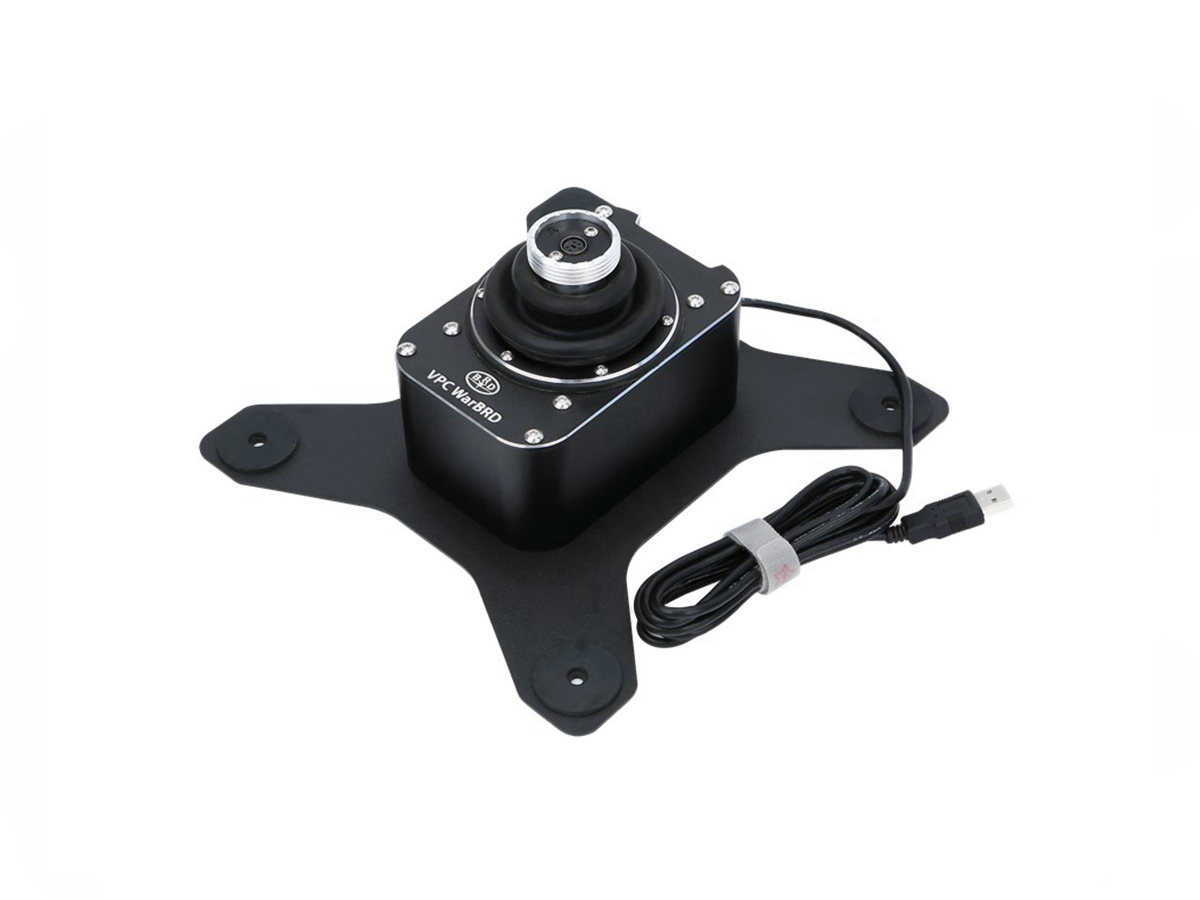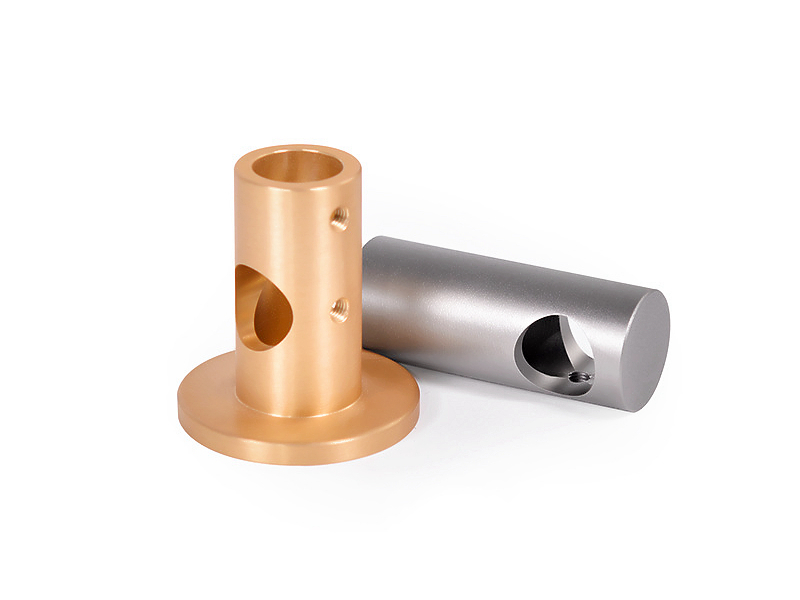Dirak Lock System Accessories and Lock Cylinders Metal Casting Supply
Industrial and enclosure locking systems require hardware that offers both mechanical strength and dimensional accuracy. Metal casting enables the scalable production of precise, tamper-resistant lock components.
This case study uses zinc and aluminum die casting to manufacture lock cylinders, cam levers, and housing covers—optimized for fit, corrosion resistance, and extended life in security-sensitive applications.
Alloy Selection for Locking Mechanisms
Lock components such as cylinders, cams, and rotary latch covers were cast using Zamak 5 and A380 aluminum alloys, chosen based on required strength, machinability, and surface finishing.
Material Performance Comparison
Property | Zamak 5 Zinc Alloy | A380 Aluminum Alloy |
|---|---|---|
Ultimate Tensile Strength (MPa) | ~295 | 310 |
Elongation at Break (%) | ~7.5 | ~3.5 |
Machinability | Excellent | Good |
Surface Finish Potential | High polishable | Moderate |
Corrosion Resistance | Moderate | High with anodizing |
Typical Usage | Cylinders, cams | Lock housings |
See our zinc alloy die casting services and aluminum HPDC capabilities to understand alloy suitability for enclosure hardware.
Mold Design for Cylindrical Components
Cylinder and core molds require tight roundness tolerances, straight bores, and parting line management. Precision slide cores and micro-venting were used to ensure clean profiles and sharp edges on internal drive features.
Mold specifications:
Mold steel: H13, nitrided, Ra ≤ 0.8 µm
Ejection system: stripper plates and push pins
Roundness control: ≤0.02 mm deviation
Mold cycle time: 35–45 seconds
Review our tool and die making capabilities for precision-cylindrical locking components.
Die Casting and Dimensional Stability
Cold chamber aluminum and hot chamber zinc die casting machines were used depending on part complexity and batch size. Servo-controlled injection and vacuum venting reduced turbulence and porosity.
Casting parameters:
Wall thickness: 1.5–3.0 mm
Tolerance class: ISO 8062 CT5–CT6
Fill time: <0.2 seconds
Injection pressure: up to 120 MPa
Porosity level: ≤0.5% (ASTM E505 X-ray verified)
Learn more about our metal casting process control for mechanically loaded lock assemblies.
Machining for Functional Features
Critical post-machined features included keyways, cam notches, mounting threads, and dowel holes. These operations were executed on 4-axis machining centers with automated part orientation and in-process gauging.
Machining operations:
Bore tolerance: H7 (±0.015 mm)
Threading: M3–M6 internal (ISO metric)
Slot milling: ±0.02 mm positional tolerance
Flatness of mating faces: ≤0.05 mm
Our post-machining services guarantee tolerance achievement for lock-and-latch interfaces.
Surface Treatment and Corrosion Resistance
Zamak parts were plated with satin nickel or chrome, while aluminum housings received anodizing. Optional powder coatings were applied based on enclosure color standards.
Surface finishing specs:
Nickel plating: 5–10 µm, ASTM B456
Chrome plating: mirror or matte finish
Anodizing (Type II): 10–15 µm, dyed or clear
Powder coating: 70–90 µm, RAL-compliant
See our full range of surface finishing solutions for industrial locking components.
Assembly, Testing, and Delivery
After finishing, components were assembled into functional lock subunits or packed as individual precision parts. Inspection included key rotation torque tests, thread gauge checks, and plating adhesion validation.
Assembly and QA:
Torque test: ≤0.4 Nm rotational resistance
Thread check: Go/No-Go gauge, ISO 1502
Adhesion: ASTM D3359 (5B pass)
Packaging: anti-scratch liners and ESD pouches
Our one-stop manufacturing services cover casting, machining, finishing, and subassembly for secure component integration.
FAQs
What material is best suited for high-tolerance lock cylinder manufacturing?
How are lock components cast to ensure tight bore and pin tolerances?
What finishing processes provide both durability and corrosion resistance?
How is rotational torque validated in cast locking assemblies?
What tolerances are required for post-machined cam slots and pin bores?



